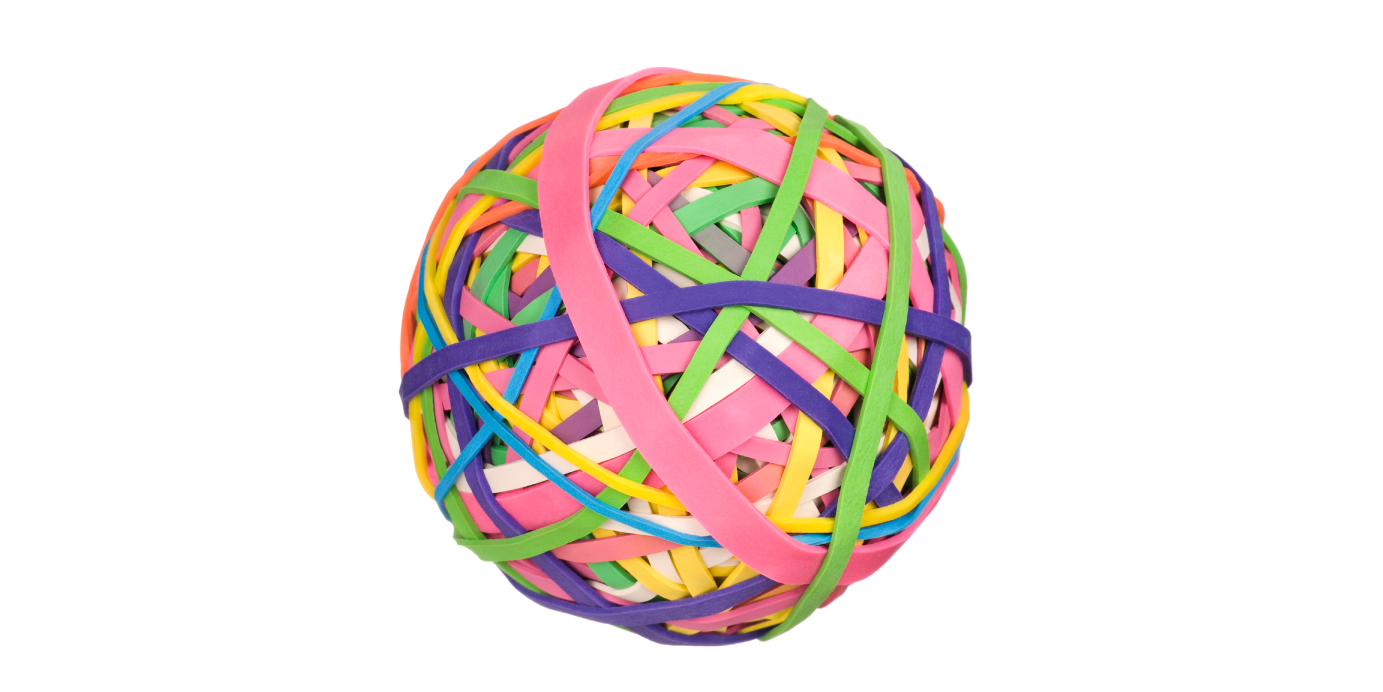How E-commerce Can Save Brick & Mortar Stores
Brick and mortar stores have historically been the central place for everyday business throughout the world. Now, in an age where e-commerce has garnered so much attention and market share, with the added stress and restrictions of COVID-19, businesses are closing left and right, unable to rely on dwindling revenue from brick and mortar operations. This trend is hardly unexpected, based on the changing shopping trends of younger generations. In fact, a 2017 chart (well before the pandemic) from Statista shows that:
- 67% of Millennials prefer online shopping
- 56% of Generation X prefer online shopping
- 41% of Baby Boomers prefer online shopping
- 28% of Seniors prefer online shopping
If you own a brick and mortar store, you’ve likely felt the effects of this changing shopping trend. Alternatively, they could even be affecting your sales without you realizing it. As foreboding as these trends may seem, this doesn’t mean you should sell off your store and throw all of your assets into an online-only business. Some people seem to think that e-commerce is the slow and steady killer of physical storefronts. This point of view is understandable, given the statistical evidence of shopping preferences, but in reality, it is shortsighted. As a physical store owner, you have more options than just altogether scrapping your old business model. Specifically, you have the option of e-commerce integration.
What does it mean to integrate e-commerce with your existing business?

Integration is an ideal option because it pairs perfectly with the operations of a physical business. Essentially, it allows you to continue your everyday business actions, customer interaction, and all in-person activities that have served your business and community thus far. Integration is merely adding e-commerce as a new (although highly effective) sales channel. Doing so means that you will add some online store management to your workload and potentially add massive increases to sales as you regain and even overtake the market share that you once thought was lost due to online business popularity. Rather than surrendering, you can use e-commerce as a powerful tool to work for you. Don’t believe me? These next few statistics may add some clarity.
A quick overview of shopping type preferences by category

Another chart from Statista mentions the following shopping preferences which highlight the continued relevance of physical shopping:
- 40% prefer to shop in-store for small home appliances, and 35% prefer a combination of online and physical store shopping
- 32% prefer to shop in-store for toys, and 45% prefer a combination of both online and in-store shopping
- 53% prefer to shop in-store for clothing and fashion while 27% prefer a combination of online and in-store shopping
- 53% of people shop in-store for replacement tires, and 30% prefer a combination of online and in-store shopping
I chose to show these stats to give you an idea of how relevant physical businesses are in the modern shopping landscape. There are many other products and shopper preferences within the Statista article, but this snippet should give you an idea of how powerful it is to offer an in-store shopping experience in tandem with online stores. The best part is, your current business can serve as a base and even a warehouse for your stock that you sell online. If you want to preserve your business, reach more people, and ultimately improve your revenue, switching to an e-commerce/physical store hybrid will greatly benefit your business. E-commerce isn’t the end of physical storefronts. It’s the ultimate compliment to brick and mortar. And thankfully, the process of integration is straightforward with modern technology.
How can I integrate my brick & mortar store with e-commerce?

Leaping into the e-commerce world when you’ve only experienced business through the lens of a physical store can seem intimidating. Don’t worry, though. As an established business owner, you actually have an advantage over people who are scrambling to start an e-commerce only business. You can simply rely on modern technology to build out your online presence through a website or application-building company.
There are a number of offerings from companies both large and small that can assist you with building your online business arm and e-commerce platform. There are also pros and cons to each option. While it may be tempting to build out your e-commerce business through a well-known company like Apple, IBM, Shopify, or any other easily identifiable name, keep in mind that you will be confined to that company’s specific limitations of your business. If you need something simple, any of these companies might do the trick. They all have programs and tools in place to help you build your ideas based on their own parameters.
Alternatively, you could choose to build a site or an application in-house to have maximum customization. It will be extremely expensive, and in most cases, I would not suggest doing so. Results will also vary widely depending on your developer’s level of expertise. Another option would be a newer company called Bloks. Bloks’ entire mission is to help people build out their business while keeping maximum customization, automation features, and all necessary or desirable business functions within their application, all at an affordable price. At the end of the day, it’s your business and your dream. I hope this article gives you the information and motivation to take a step toward making your business better than you could have imagined.





